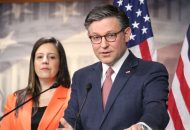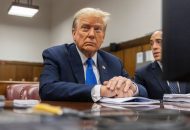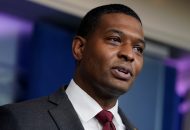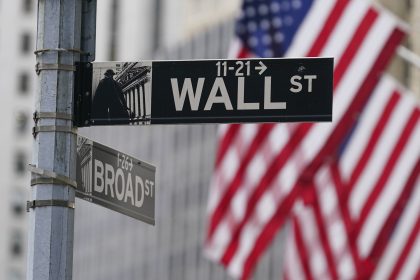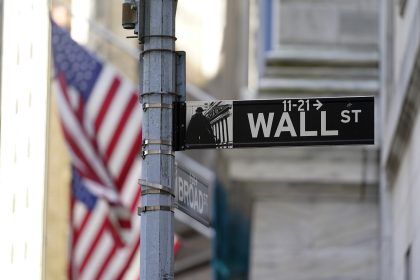Fed Leaves Interest Rate Unchanged, But Signals Increase ‘Soon’
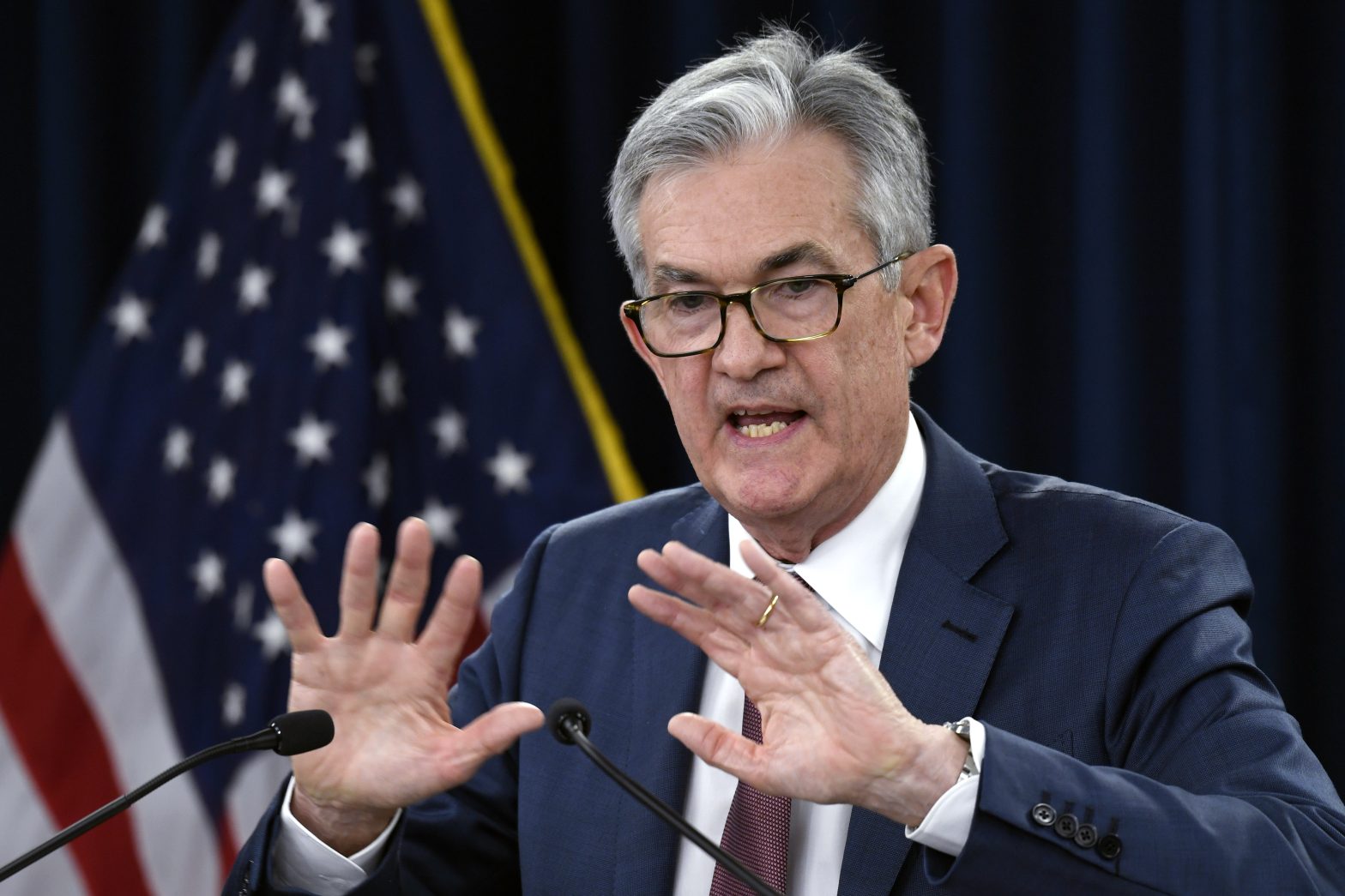
WASHINGTON — The Federal Reserve left interest rates unchanged on Wednesday, keeping them near zero, but signaled a raise in rates could come soon if inflation continues to run above its preferred target and the job market remains strong.
The rate at which the nation’s central bank lends to other banks has now remained near zero since March 2020, coinciding with the first dark months of the coronavirus pandemic.
The statement released by the Fed today after their two-day policy meeting appears to set the stage for a rise in the interest rate as soon as the Fed’s next meeting, which is scheduled for March.
In his opening remarks before reporters at an afternoon press conference, Federal Reserve Board Chairman Jerome Powell said the central bank’s policy has always been premised on “adapting to the evolving economic environment” and it will continue to act on that premise.
“Economic activity expanded at a robust pace last year, reflecting progress on vaccinations and the reopening of the economy, fiscal and monetary policy support, and the healthy financial positions of households and businesses,” Powell said.
“Indeed, the economy has shown great strength and resilience in the face of the ongoing pandemic. The recent sharp rise in COVID cases associated with the omicron variant will surely weigh on economic growth this quarter,” he continued.
“Fortunately, health experts are finding that the omicron variant has not been as virulent as previous strains of the virus, and they expect that cases will drop off rapidly. … If the wave passes quickly, the economic effects should as well, and we would see a return to strong growth. That said, the implications for the economy remain uncertain,” Powell said.
At the moment, inflation remains well above the Fed’s long-held goal of 2%, and supply and demand imbalances related to the pandemic and the reopening of the economy have continued to contribute to that elevated rate.
“In particular, bottlenecks and supply constraints are limiting how quickly production can respond to higher demand in the near term,” Powell said. “These problems have been larger and longer lasting than anticipated, exacerbated by waves of the virus.
“While the drivers of higher inflation have been predominantly connected to the dislocations caused by the pandemic, price increases have now spread to a broader range of goods and services. Wages have also risen briskly, and we are attentive to the risk that persistent real wage growth in excess of productivity could put upward pressure on inflation,” he continued.
“Like most forecasters, we continue to expect inflation to decline over the course of the year,” Powell said. “We believe that the best thing we can do to support continued labor market gains is to promote a long expansion and that will require price stability.
“We are committed to our price stability goal,” the Fed chairman said. “We will use our tools both to support the economy and a strong labor market and to prevent higher inflation from becoming entrenched. And we will be watching carefully to see whether the economy is evolving in line with expectations.”
The Federal Reserve has already taken some steps to slay inflation, notably slowing the bond-buying program it used to support the economy throughout the pandemic.
“Of course … making appropriate monetary policy in this environment requires humility, recognizing that the economy evolves in unexpected ways,” Powell said. “We will need to be nimble so that we can respond to the full range of plausible outcomes. With this in mind, we will remain attentive to risks, including the risk that high inflation is more persistent than expected, and are prepared to respond as appropriate to achieve our goals.”
In its statement, the Federal Reserve board suggested it might begin selling off some of that government-backed debt, possibly in concert with a rise in interest rates.
Both moves would remove some of the Fed’s support from the economy, but in a related statement of principles released Wednesday, the Fed promised it will reduce its holdings in a “predictable” manner and primarily by simply adjusting how much it reinvests in assets as their terms expire.
“These high-level principles clarify that the federal funds rate is our primary means of adjusting monetary policy and that reducing our balance sheet will occur after the process of raising interest rates has begun,” Powell said, elaborating on the document.
“Reductions will occur over time in a predictable manner primarily through adjustments to reinvestments so that securities roll off our balance sheet,” he said. “Over time, we intend to hold securities in the amounts needed for our ample reserves operating framework, and in the longer run we envision holding primarily Treasury securities.
“Our decisions to reduce our balance sheet will be guided by our maximum employment and price stability goals. In that regard, we will be prepared to adjust any of the details of our approach to balance sheet management in light of economic and financial developments,” Powell said.
He concluded his opening remarks by saying the Federal Open Market Committee, which guides such decisions, has not made any decisions regarding the specific timing, pace or other details of shrinking the balance sheet.
“We will discuss these matters in upcoming meetings and provide additional information at the appropriate time,” Powell said.
Dan can be reached at [email protected] and at https://twitter.com/DanMcCue









